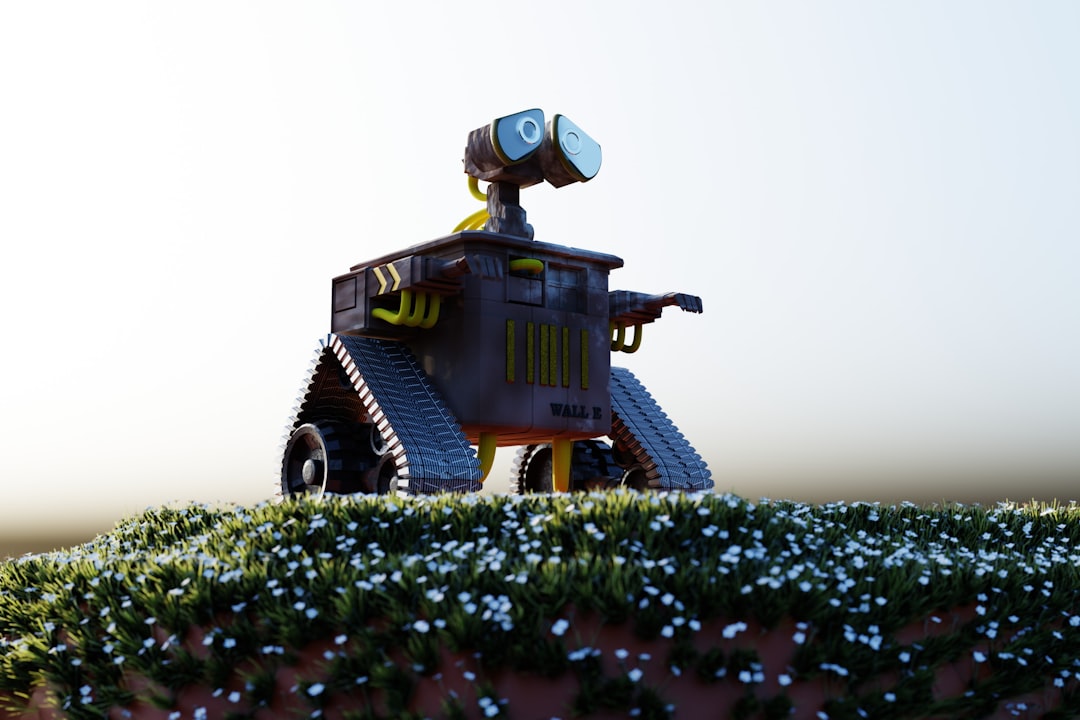Summary: As AI and robotics continue to evolve, a new trend is emerging: swarms. Instead of relying solely on massive centralized data centers, companies and researchers are exploring decentralized networks of smaller AI models and robots working together. This approach not only tackles scalability challenges but also opens up exciting possibilities—from outperforming large AI models to enabling drones and microscopic robots to collaborate on complex tasks. Let’s dive into how swarms are shaping the future of technology.
Scaling AI and Robotics: The Swarm Approach
One of the biggest challenges in the AI and robotics revolution is scale—how do we build the infrastructure to support countless autonomous tools? While giants like OpenAI continue to invest in multi-billion-dollar centralized data centers, a more decentralized strategy is gaining momentum: swarms.
Fortytwo’s Decentralized AI Model Success
The Register recently spotlighted Fortytwo, a startup embracing the swarm concept by running small AI models on personal computers. Their benchmarks reveal impressive results, with their approach outperforming some of the latest models in reasoning tests—including OpenAI’s GPT-5, Google’s Gemini 2.5 Pro, Anthropic’s Claude Opus 4.1, and DeepSeek’s R1.
Fortytwo’s idea is straightforward: large AI models can get stuck in reasoning loops when tackling complex tasks. Smaller models avoid these “reasoning death spirals” and generate multiple answers that can be ranked to find the best one. By distributing computing tasks across many devices—similar to how cryptocurrencies distribute transaction processing—the swarm approach enhances efficiency and resilience. Fortytwo even offers crypto-based rewards to those who create specialized models and contribute to the swarm.
Swarm Robotics: Collective Intelligence in Action
In robotics, a similar concept is taking shape. According to the Wall Street Journal, researchers are exploring how robots can communicate like a colony, working together as a collective intelligence. This model allows robots to support each other—if one fails, others detect the issue and compensate.
Real-World Applications of Robot Swarms
One practical use case is wildfire monitoring, where swarms of drones identify potential fires. Another exciting application involves microscopic robots collaborating to deliver medication inside the human body or clear blockages without surgery. In fact, researchers have demonstrated tiny magnetic robots forming chains to push through artificial blood vessel blockages.
Why Swarms Matter: Simplicity Meets Power
The key insight is that simple machines can achieve complex tasks when working together. In experiments, swarms of robots with just three abilities—moving forward, making sounds, and listening to neighbors—linked up to navigate obstacles they couldn’t overcome alone. It turns out, the old saying “two heads are better than one” holds true for AI and robotics too.
